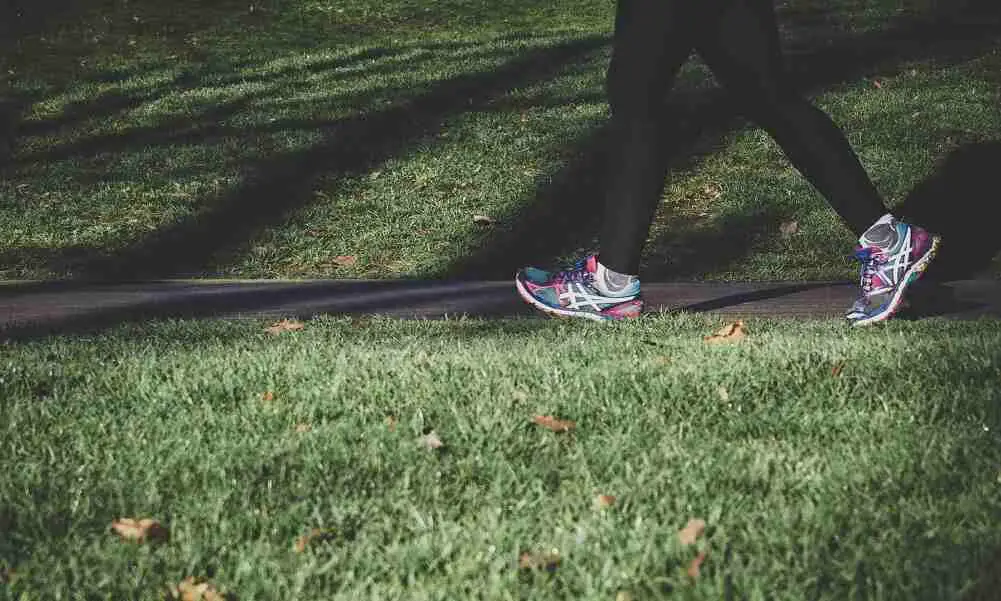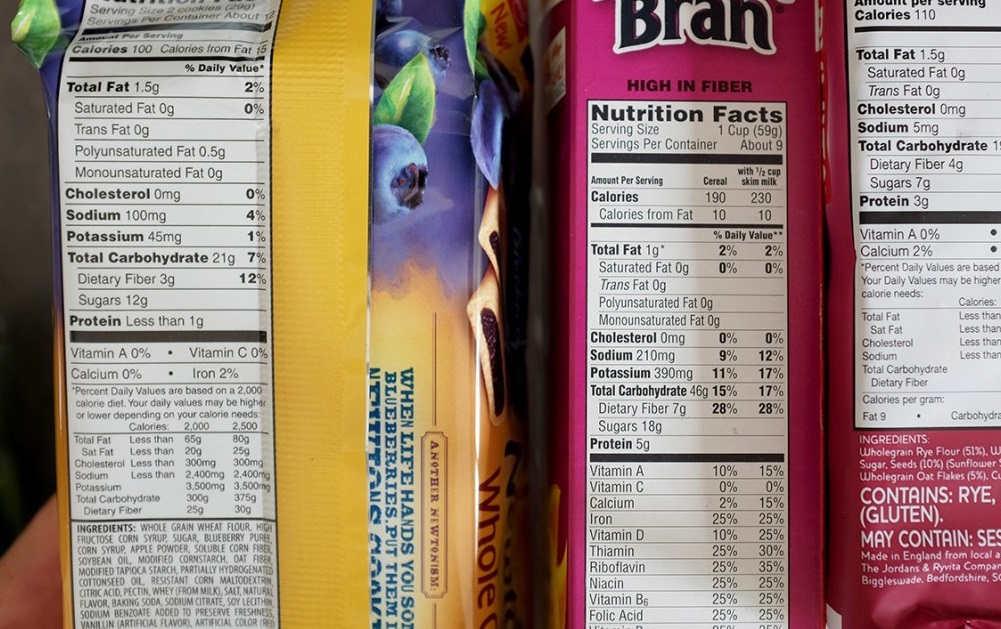
If You Walk Every Day for 30 Minutes, Your Life Will Change
“We learn every day they say” but have you been informed about the benefits of walking every day? I’m guessing no but in the article, I’ll be informing you about the benefits of putting those legs to work.
Walking is a great way to improve overall health and guess what? It’s completely free and not demanding like jogging and running or even raising heavy lifts as it is one of the easy anaerobic exercises you can do at home.
Benefits of Walking Every Day for 30 Minutes
1. Walking Increases Cardiovascular and Pulmonary Fitness
Walking is just not a physical activity but it is also focused on improving health conditions. It helps in accelerating the rate of heartbeat, strengthening the heart, increasing blood circulation, and lowering blood pressure.
In physiology, the metabolism of the body when the heart rate is faster leads to the circulation of blood.
2. Walking Burns Down Your Calories
The only thing I’m not afraid of losing is my calories. But the only thing that doesn’t leave me is my calories.
Sarvesh Jain
Walking objects to this saying as it is focused on helping you burn your calories, maintain your weight, or help you in losing them. This is seen in the metabolism of the body as it helps in burning fats. That is to say, a simple walk for 30 minutes is guaranteed to burn 100-200 calories.
Most importantly, walking helps in achieving a healthy weight if more calories were to be burned.
3. Walking Gives Relief to Joint Pain
This is something I’ve noticed on my own when it comes to the benefits of walking every day. For example, simply walking to get something, I sometimes hear this crack and I instantly feel relief and some strength. Have you ever experienced this before?
As a result, walking indeed helps in giving support and protection to joints, strengthens muscles especially around the knee, hips, and waist.
4. The Benefits of Walking Is Seen in Energy Boosting
Have a rough day? I suggest you simply take a walk. As you will be killing two birds with one stone – boosting up your energy and taking that negative thought away.
Walking increases oxygen flow through the body and as a result, it helps reduce anxiety, depression, and elimination of negative thoughts.
5. Walking Assists in Toning of the Legs
Where are my guys with no stamina at? Guess what? Football is not the only thing that does that, walking also gives that tone, that stamina you desire. Walking strengthens muscles around the legs and when coupled with football and jogging, you’re getting twice the benefits of walking every day.
One thing I’ve realized is that we ladies, one way or another, exercise our legs when on pencil skirts.
6. Walking Strengthens the Bone and Improves Balance
Walking helps to increase strength in bones and also slows down damage in the body. It promotes and improves balance as well and mental well-being by killing stress and tension to boost one almost immediately.
7. It Builds Stamina
Walking is a proven way to accumulate and improve strength in muscles and build stamina.
8. Walking Aids in Thinking Creatively
Have you noticed that asides from sitting on the toilet seat, you think creatively when walking? During this, you’re clearing your mind and as a result, you begin to think and make a decision about something.
Walking aids in thinking creatively as it increases blood flow to the brain.
9. Improving Breath
One of the benefits of walking every day is that it improves breath. Humans breathe in oxygen and when we walk, this causes oxygen to travel fate to our bloodstream.
This act helps in eliminating waste products and inadvertently improves our energy level and breathing level.
10. The Benefits of Walking Is Observed in Improved Sleep Time
Suffering from insomnia? Doctors suggest walking regularly as this is proven to help you sleep better and faster at night. The reason is that walking naturally accelerates the effect of melatonin (the sleep hormone). This acceleration due to walking causes a rise in temperature during the day and at night, it reduces.
As a result of this imbalance, it causes drowsiness and an immediate drift to sleep.
Conclusion
To sum it up, firstly, age is really no barrier and the requirements needed are just a good pair of shoes and comfortable clothing. Secondly, water to stay hydrated, shades to protect you from the sun, and most importantly, walk in safe places.
Happy one foot over the next to numerous health benefits of walking every day. Remember, walking is completely free.


